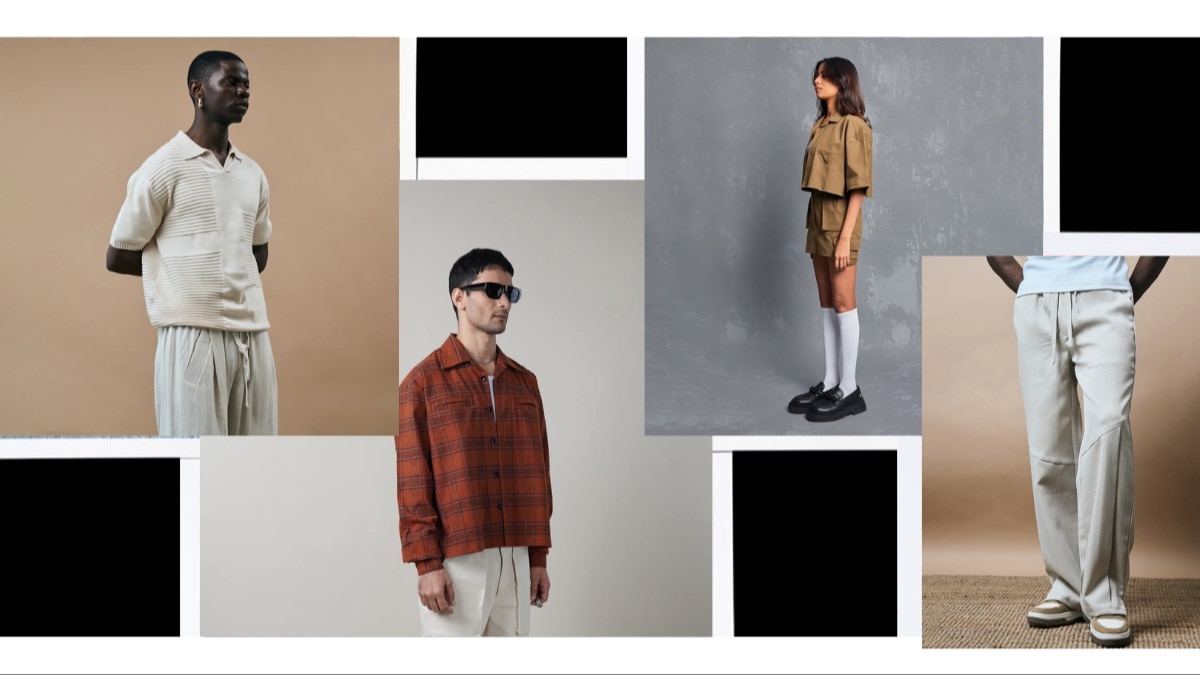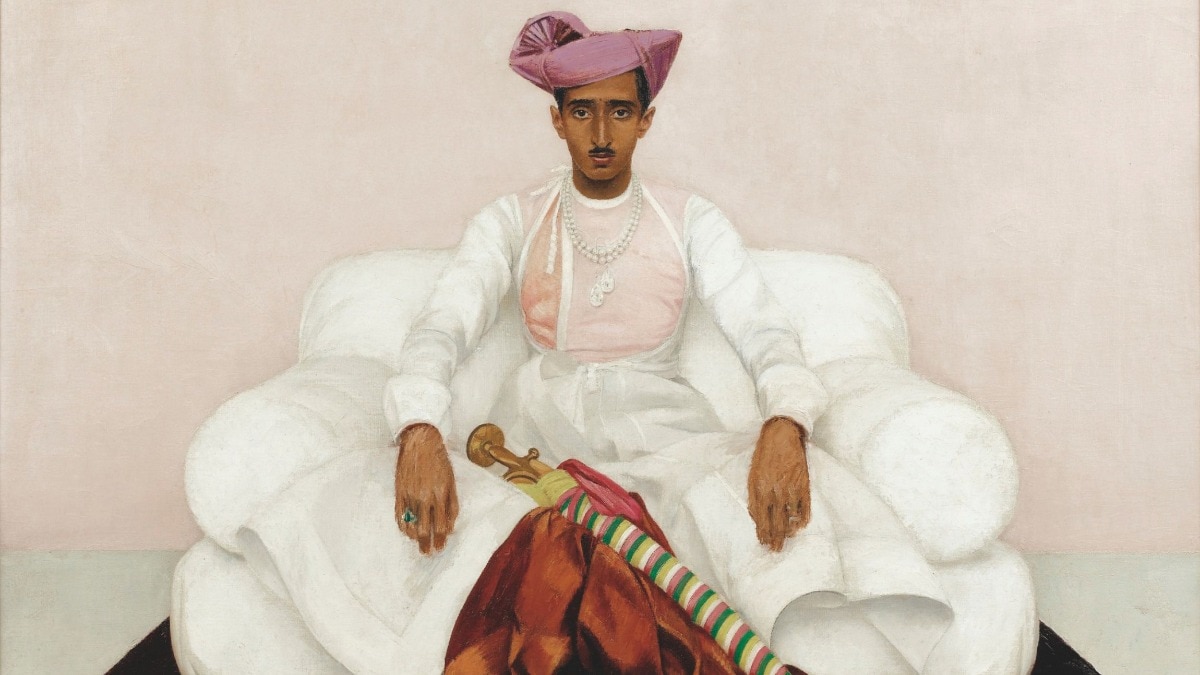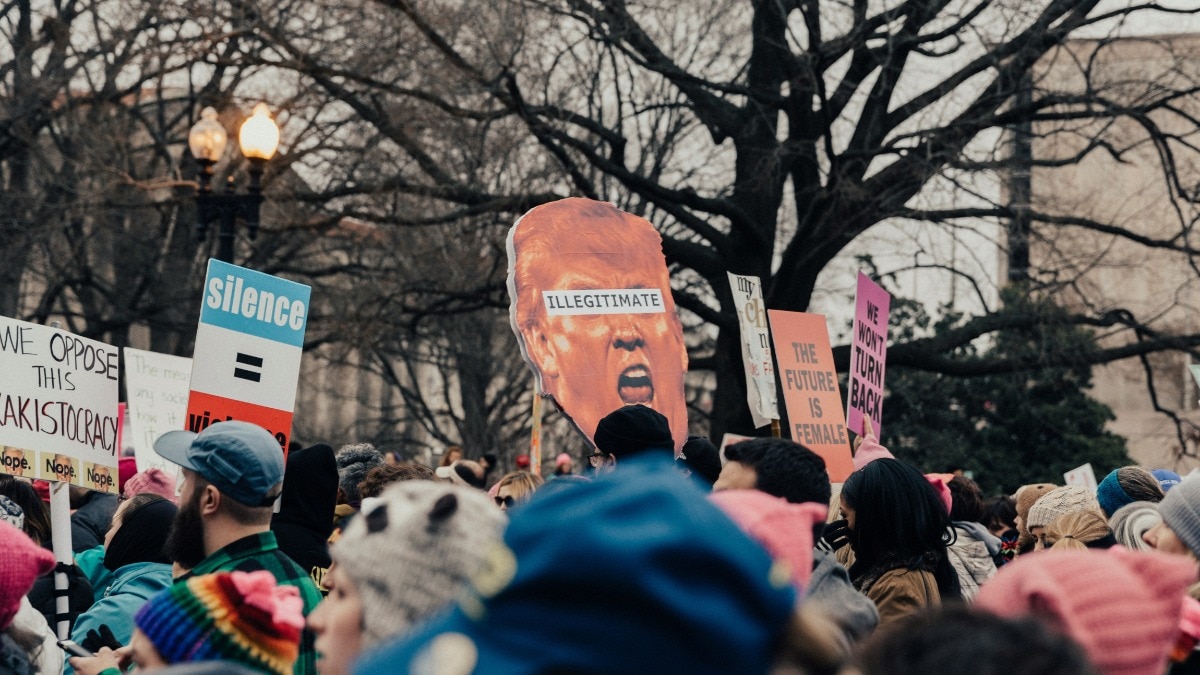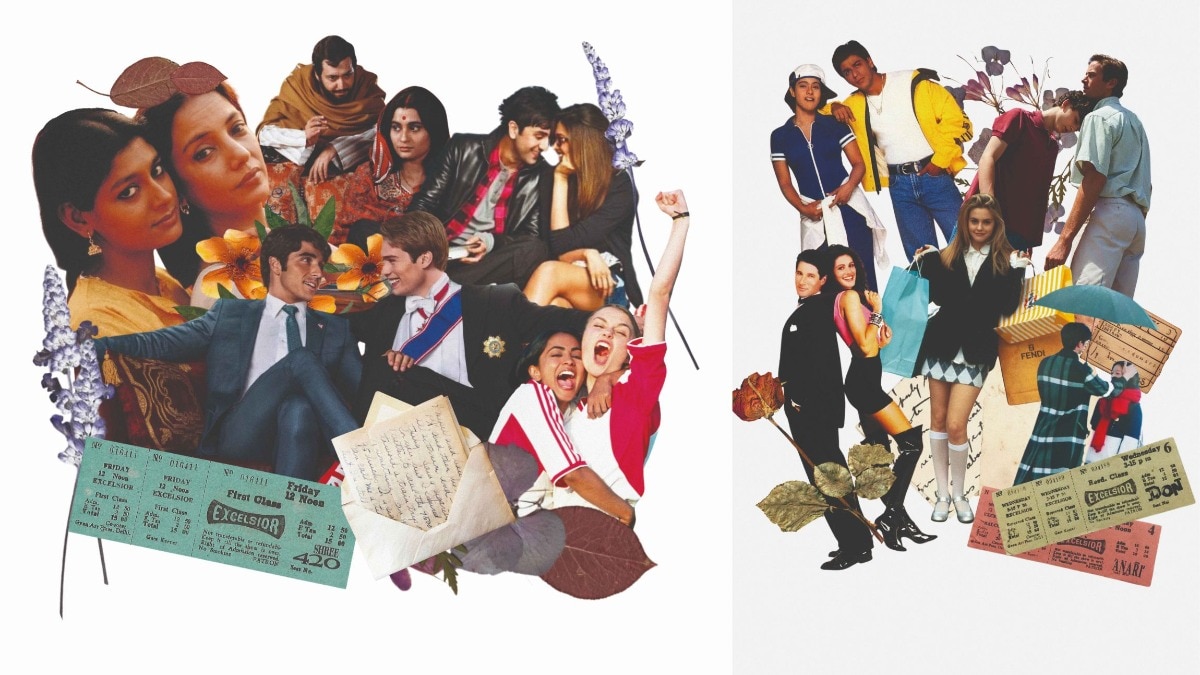Streetwear continues to cement its status in India
The wave doesn't seem to be dying down anytime.


Sometimes one can't help but think of the bygone era, when fashion was about being conventionally on trend, fitting in with the status quo, and synonymous with the all-too-common desire to blend in. All we wanted was to look like each other, and consequently, like we belong. And yet, the average consumer was beginning to sense something brewing, that the traditional ideas of dressing up were being disrupted. The 'ugly sneaker' made desirable by Balenciaga or the now-iconic DHL sweatshirt by Vetements were early indicators that fashion was changing gears, unbuttoning its collar and rolling up its sleeves. The future was street. Today global brands are entering the Indian market, capitalising on our need to conform with international trends. What’s more interesting is that oversized gilets, reflective tracksuits, and suffragette sweatshirts from homegrown and local streetwear labels are disrupting Indian fashion retail as streetwear continues to cement its status in our fashion landscape.
But streetwear is not as straightforward as throwing on a pair of baggy pants and chunky sneakers. Today, it is increasingly multifaceted, with cultural, community, and, of course, aesthetic appeal. To get a holistic view of Indian streetwear culture, we spoke to a set of industry experts and fashion enthusiasts.
Meet our panel
Abhishek Gandhi, co-founder and managing director at All You Can Street
Nisha Lulla & Sangeet Paryani, co-founders at Superkicks
Siddhant Sabharwal, co-founder at Bluorng
Urvash & Kuship Parmar, founders at Warping Theories
Viraj Desai, fashion content creator and visual artist
What is streetwear?
It's a word that seems to be on everyone's lips, yet we don't quite know what it means in today's dynamic fashion landscape. Since there doesn't seem to be any set definition for streetwear anymore, we asked our panel of street fashion enthusiasts for their outlook.
Abhishek Gandhi: I feel like this culture has always been misinterpreted. People think it’s just graffiti, skateboarding, and oversized clothes, but it’s so much more than that.
Nisha Lulla & Sangeet Paryani: The idea of street fashion originated from independent voices in the West representing their personal beliefs. Street fashion to us is effectively the best way for an individual to represent and display their beliefs and personal style via a modicum of clothes.
Siddhant Sabharwal: Anything that people literally wear on the streets! The idea of ‘street fashion’ to me is that of comfort. Something you wear casually and feel comfortable in.
Urvash & Kuship Parmar: With everyone having a distinguished opinion of streetwear, we want streetwear to be interpreted just as a modernised version of everyday wear, nothing beyond that.
Viraj Desai: Street fashion is anything I’d wear when I step out of the house, be it to grab a coffee, meet a friend, or maybe just roam around the city. It doesn’t have to be extra at all! Street fashion is comfort for me!
The street wave
The streetwear segment has seen some unprecedented growth, and the Indian market seems to be booming. From Comet’s X sneakers, to Adidas Sambas and Christian Louboutin Astroloubis, there’s something to cater to every segment and the consumers still want more! Internationally, Off-White and Balenciaga have become much-awaited fashion week staples in cities like Paris, Milan, and New York. Back home in Mumbai, the most recent edition of Lakmé Fashion Week also set the stage for streetwear with labels like Jaywalking and Countrymade taking part in the GQ x FDCI Mens Edit showcase. The All You Can Street showcase featured 10 homegrown brands, including Warping Theories, Stamp Duty, and Label Nain, all collections were aligned with the theme “URL to IRL”. The garments had a personality peppered with graphics, the narrative was one of ungendered tailoring, and the style was non-conformist and wearable.
While hype culture and limited edition drops are a part of street culture, there’s a lot more to it. “Back when I was 17-years-old, people thought streetwear was just Off White, Bape, and basically everything that was considered hype in India. It was more about ‘flexing’ rather than fashion," says Abhishek Gandhi. The “hype beast” mentality and its undeniable exclusivity have thrived over the past few years, but the pendulum has begun to swing in a more fashion-first direction today. We can credit this change of direction to the increasing appeal of buying local streetwear pieces—from high-end Indian designers to affordable independent fashion labels. “Because of this, I felt the need to spearhead streetwear into what is considered fashion, as well as change people's perception of it. This culture is everything to me, which is why I really want people to see it for what it actually is," adds Gandhi.
Can luxury and streetwear go together?
Scroll through your Instagram feed on any given day and you'll stumble upon the latest iteration of the sneaker, bum bag, or sweatshirt, not from your average sportswear or high-street label but from some of the most storied fashion houses and luxury maisons. Whether it's Balenciaga's bestselling bazaar bag that cues memories of a tote typically spotted in Thai markets or Louis Vuitton's Archlight sneakers that come with a hefty $1000 price tag, it's safe to say the boundaries between street culture and luxury have been blurred. The Indian fashion industry too isn't immune to this phenomenon. For a while now, street staples have surfaced on the runway courtesy of a young, iconoclastic crop of talent and found home in the wardrobes of countless celebrities. Collaborations between established luxury brands and emerging streetwear labels redefine trends, showcasing the enduring appeal of the high-low fashion movement. The Nike X Tiffany epitomises this trend of high-low fashion, who would’ve thought that a fine jewellery house, best known for its diamonds, would create a coveted sneaker in collaboration with Nike, a rebellious brand by nature? The narrative is ever-evolving, reflecting the dynamic nature of both industries; it's a love story of design and culture. Today, the people who shop at Chanel feel just as validated in an Off-White long-sleeve tee. There’s no more division between luxury and streetwear.
Luxury fashion houses face a new ultimatum as they look to win over a younger set of customers: find a way to cop some street cred, or risk irrelevancy. “People are just more willing to accept the fact that a quality product comes with a price. I also observe the willingness of people to stand out & be more individual in the way they express themselves," says Siddhant Sabharwal. Then the community aspect comes into play too, you’re not just buying a sweatshirt, you’re buying into a subculture, you're buying access into a community. Streetwear certainly does function as a conversation starter, stemming from something as simple as a compliment paid to someone's sneakers.
It’s all about going local
When it comes to couture and craftsmanship, Indian designers are in a league of their own. Today, however, there's a brewing subculture of millenial and gen Z consumers recognising local talent, buying local and being aware of what they put on and step out. Addressing their needs is the rising roster of homegrown streetwear which, luckily, is a concept that goes far beyond low-waisted baggy jeans, hoodies, and slogan T-shirts to accommodate the diversity of Indian identity. More importantly, it allows consumers the opportunity to bravely reinvent their own sensibilities, find what they like, and think about their choices without worrying about judgment or fear of standing out.
But is the market for these homegrown brands growing saturated? That’s where we stand undecided, so let’s see what our experts believe.
Abhishek Gandhi: The Indian streetwear market got saturated very quickly, because of the sheer volume of brands we have now, everyone who enters now needs to differentiate themselves strongly. But capitalising on diversity, some brands like Karu Research started recognising the value of their Indian art styles (stitching, prints, etc.) and set themselves apart.
Nisha Lulla & Sangeet Paryani: Trends are saturated. Streetwear may just live on forever and continue to expand, grow, and morph into different forms, so no we don’t believe streetwear is nearing a point of saturation.
Urvash & Kuship Parmar: Streetwear is only going to evolve, and never die. We’ve seen brands win loyalty on the basis of hype, they have immensely grown the market, but that’s often proved to be short-term and can make the market feel saturated. Going forward brands need to focus on longevity, by creating a unique identity, staying true to their vision, and putting out a compelling narrative that will drive the audience.
Siddhant Sabherwal: The market has always & will always stay saturated for those who don’t have anything unique to offer.
Viraj Desai: The streetwear space is completely saturated right now! Saturated with brands, saturated with too many content creators who are trying to influence the scene without understanding its essence. Brands keep popping up with the same box-shaped and puff printed tees.
Taking the global stage
There’s a long way to go when it comes to Indian streetwear making its mark on fashion globally, yet we can project significant growth in the coming decade. Big Indian labels like Anamika Khanna’s AK-OK are foraying into streetwear too, and that’s proof that this culture has a lot of potential to take Indian labels to the world. Karu Research showcased its menswear SS24 collection at Paris Fashion Week and received vast acclaim for their street pieces.
With couturiers like Gaurav Gupta, Sabyasachi, and Rahul Mishra putting India on the fashion map, streetwear isn’t that far behind. The diverse range of fabrics, motifs, and techniques in our subcontinent can truly help differentiate Indian streetwear from the conventional styles currently crowding the global market. “Indian streetwear needs to evolve, cultural Indian methods of handloom weaving, embroidery, and block printing should be incorporated with streetwear”, adds Viraj Desai. The inclusion and influence of these heirloom textiles further enrich the stroytelling of the garment and leaves more room for unique elements of personal style. “Lately we’ve seen homegrown labels promoting craftsmanship and heritage through a modern-day lens, which is as inspiring as it can get," say Urvash & Kuship Parmar.
In India though, homegrown brands are taking over because it's making fashion accessible to people. Homegrown streetwear labels are offering people everything at almost a tenth of the price of large designer houses, and with little to no compromise on quality too. “Everyone wants to dress well and be unique, and homegrown streetwear labels are letting people do that without giving up their life savings," says Abhishek Gandhi.
The streetwear wave in India is one that continues to evolve and redefine itself, much like any other segment within the sartorial world. Perhaps we can credit this popularity to its deeply personalised nature, allowing the consumer to tell a story of their identity through their dressing. The advent of international brands in our accessible marketplaces and the growth of homegrown labels continues to fuel its growing appeal, and we can’t wait to see what’s next.
Feature image: @warping_theories/Instagram










